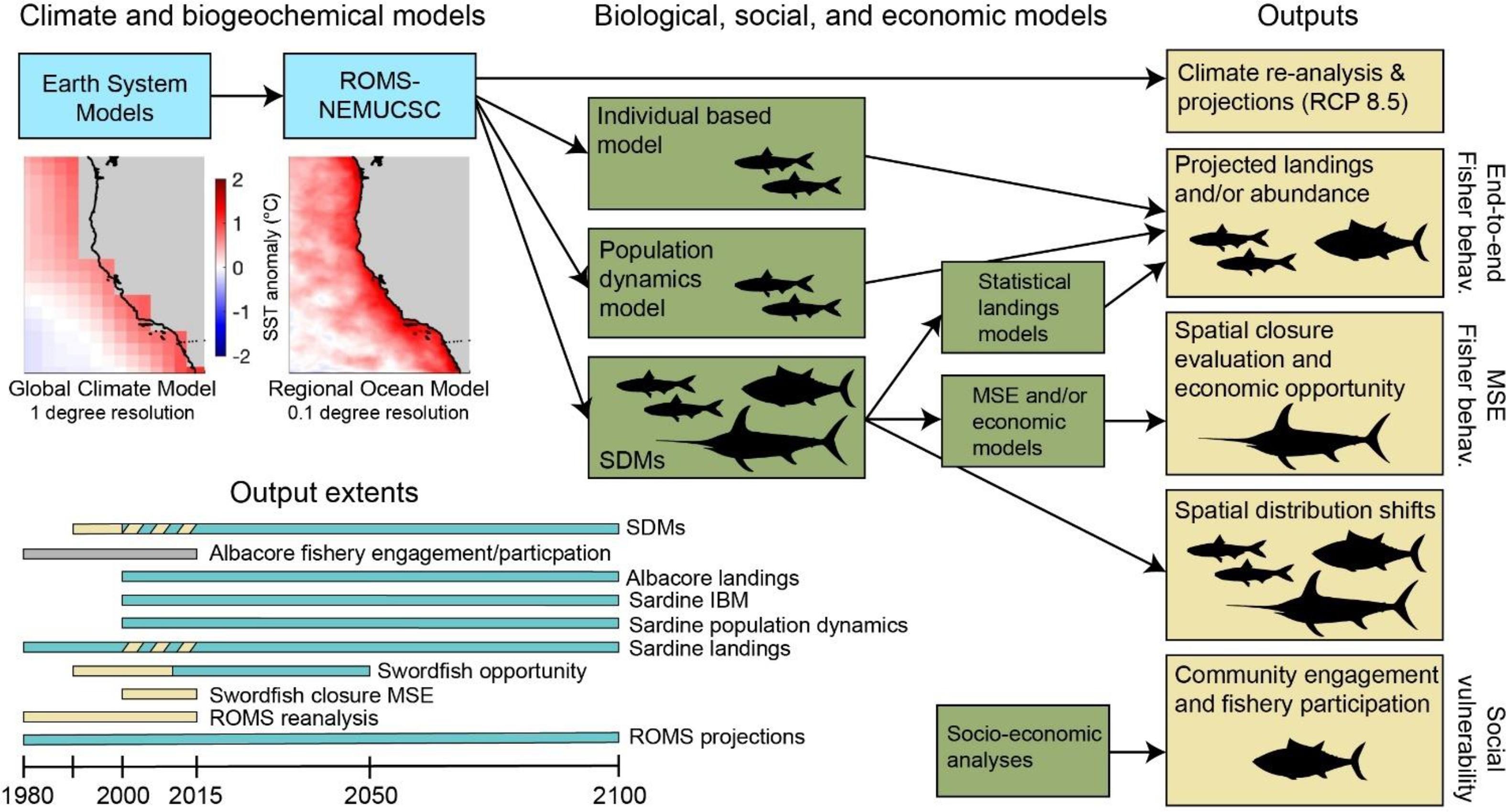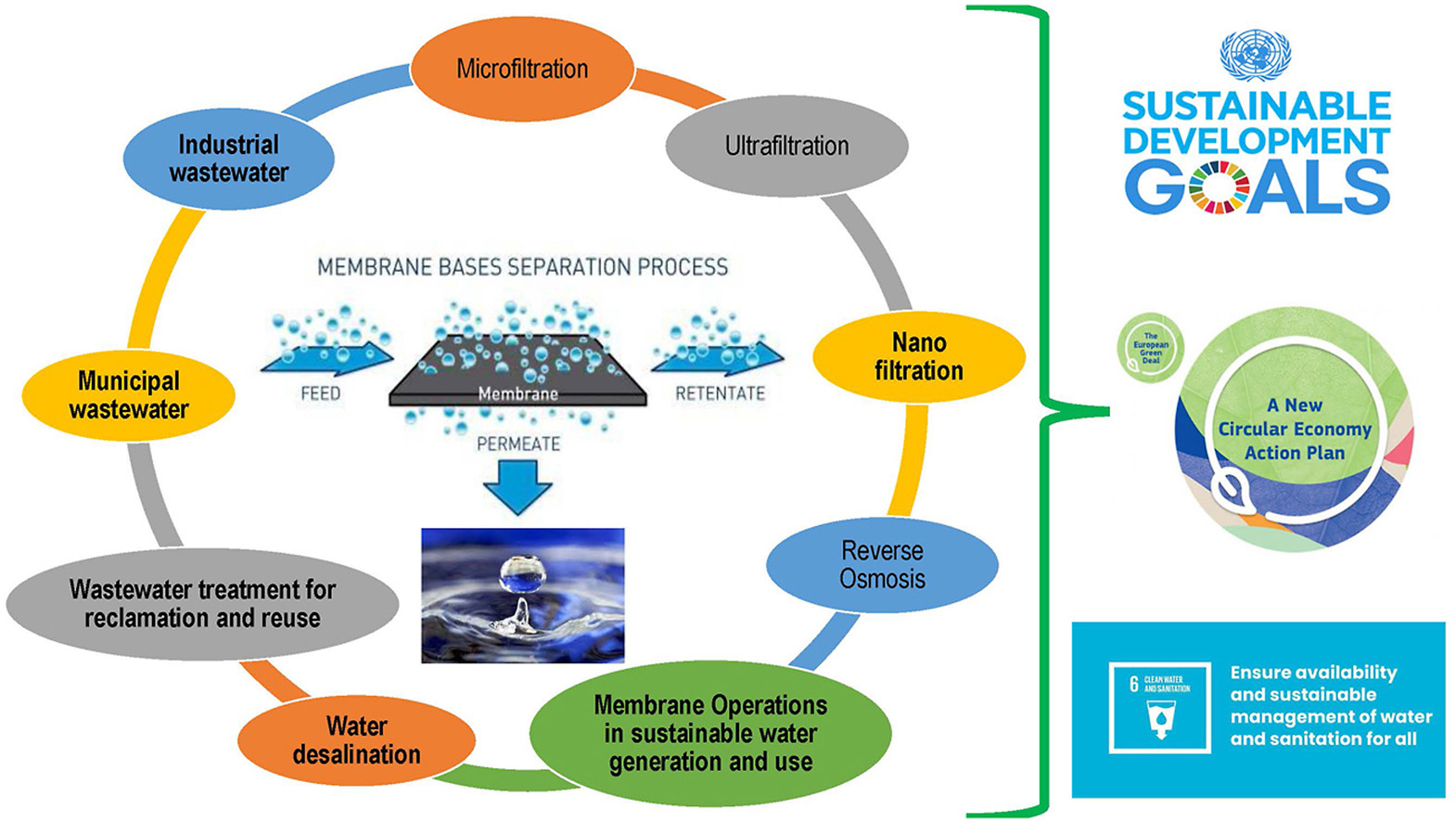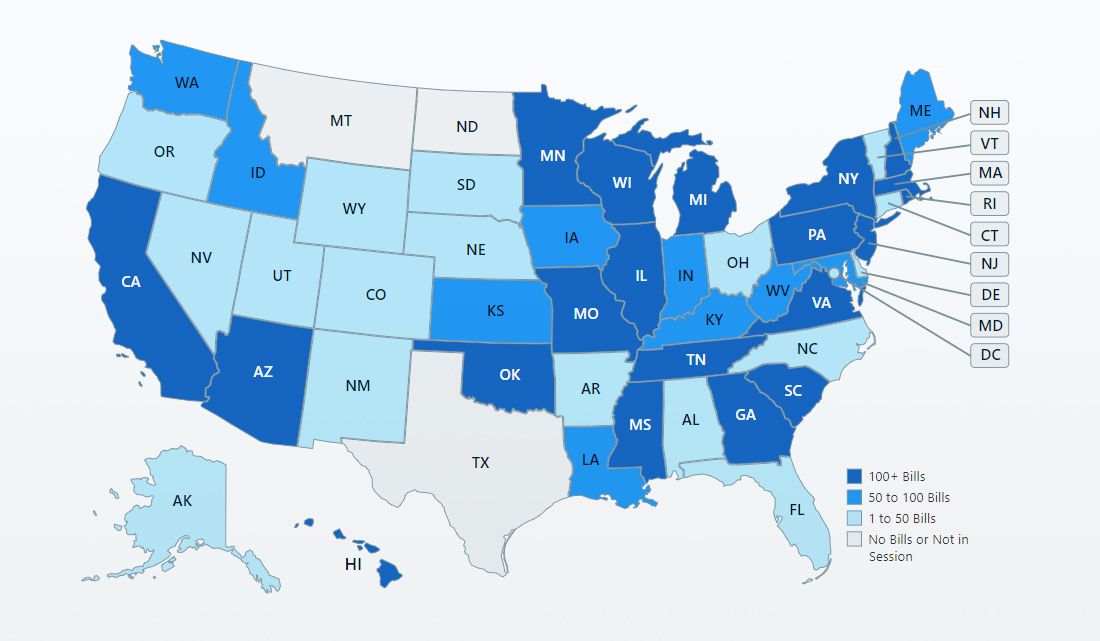This article supports SDG # 3, 11 and 13 showing how even in wealthy countries, climate change is causing an acceleration of extremely costly disasters, and the authors provide a framework for disaster risk reduction that is applicable to climate change.
This study shows downscaled climate projections that, without strong curbing of emissions, the California Current System (CCS) will undergo significant change this century, including 2–4 °C warming of sea surface temperature and an almost ubiquitous shift to novel conditions
Clean water resources are crucial for societies in order to maintain safety as well as social, ecological and economic progress. As the population grows, agricultural, domestic and industrial activities produce large amounts of wastewaters that can be treated and reused in variety of purposes considering circular economy philosophy. This review presents the challenges and future prospects of wastewater treatment using membrane technologies and is related to SDG 6: Clean water and sanitation.
Adolescents comprise a small portion of those who receive abortions, but they rely more on abortion care than any other group; approximately 50% of pregnancies in people younger than 15 years and 25% of pregnancies in those aged 15–19 years end in abortion.
Elsevier,
Clinical Decision Support and Beyond (Third Edition)
Progress and Opportunities in Knowledge-Enhanced Health and Healthcare
2023, Pages 707-714
Clinical Decision support provides an effective tool to minimize many of the drivers of health disparities in healthcare. There is promising evidence that these tools can serve to promote equity across the healthcare spectrum supporting SDG 3. However, future iterations require a focus on equity from the start and inclusive and sustainable development, implementation, and evaluation practices.
Elsevier,
Emerging Practices in Telehealth
Best Practices in a Rapidly Changing Field
2023, Pages 163-182
The need and opportunities for global health strategies to leverage the power of digital health technology to improve healthcare outcomes are growing. Telehealth and other digital health products and services are becoming increasingly important in this effort, and methodical strategies should be used to evaluate the need, application, integration, maintenance, and scaling of such solutions. With the correct attention upon these areas, digital health can serve as a catalyst to improve healthcare outcomes and reduce disparities across the world, supporting SDG3.
COVID-19 vaccine hesitancy odds increased with experiences of racial discrimination. Social processes in the Increasing Vaccination Model should include racism.
This Health Policy paper supports SDG 3 and 10 by discussing the situation of Indigenous peoples of Canada in the context of "opt out" organ donation in Novia Scotia, the first area in North America to pass such legislation. The paper explores the potential impacts and issues of such legislation on Indigenous peoples, and makes a series of recommendations which would help to respect the rights and interests of these communities.
This article demonstrates the power of the ADAM Program in locating missing children, relating to SDG 16, Peace, Justice and Strong Institutions. The ADAM Program is the result of a 20 year partnership between LexisNexis Risk Solutions and the National Center for Missing & Exploited Children (NCMEC).
This article discusses the tool created by the LexisNexis Rule of Law Foundation that helps track and compare of the torrent of U.S. electoral law changes, relating to SDG 16.





